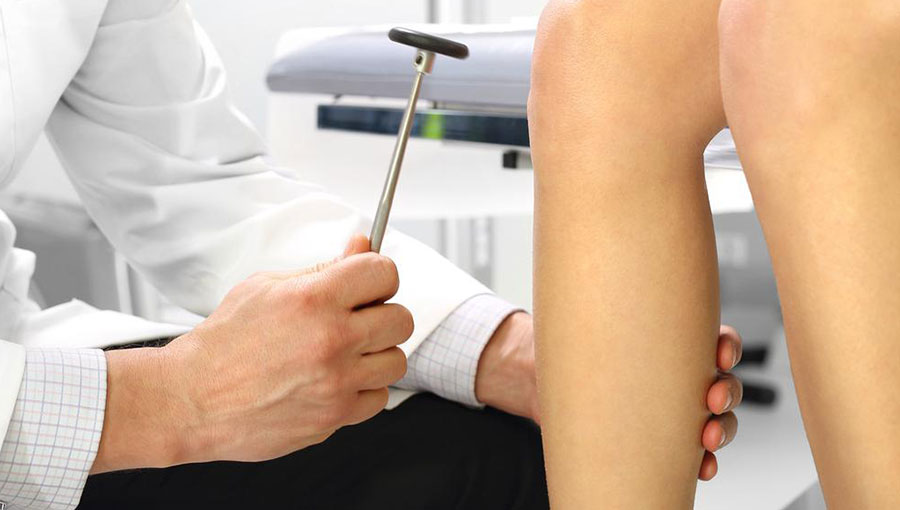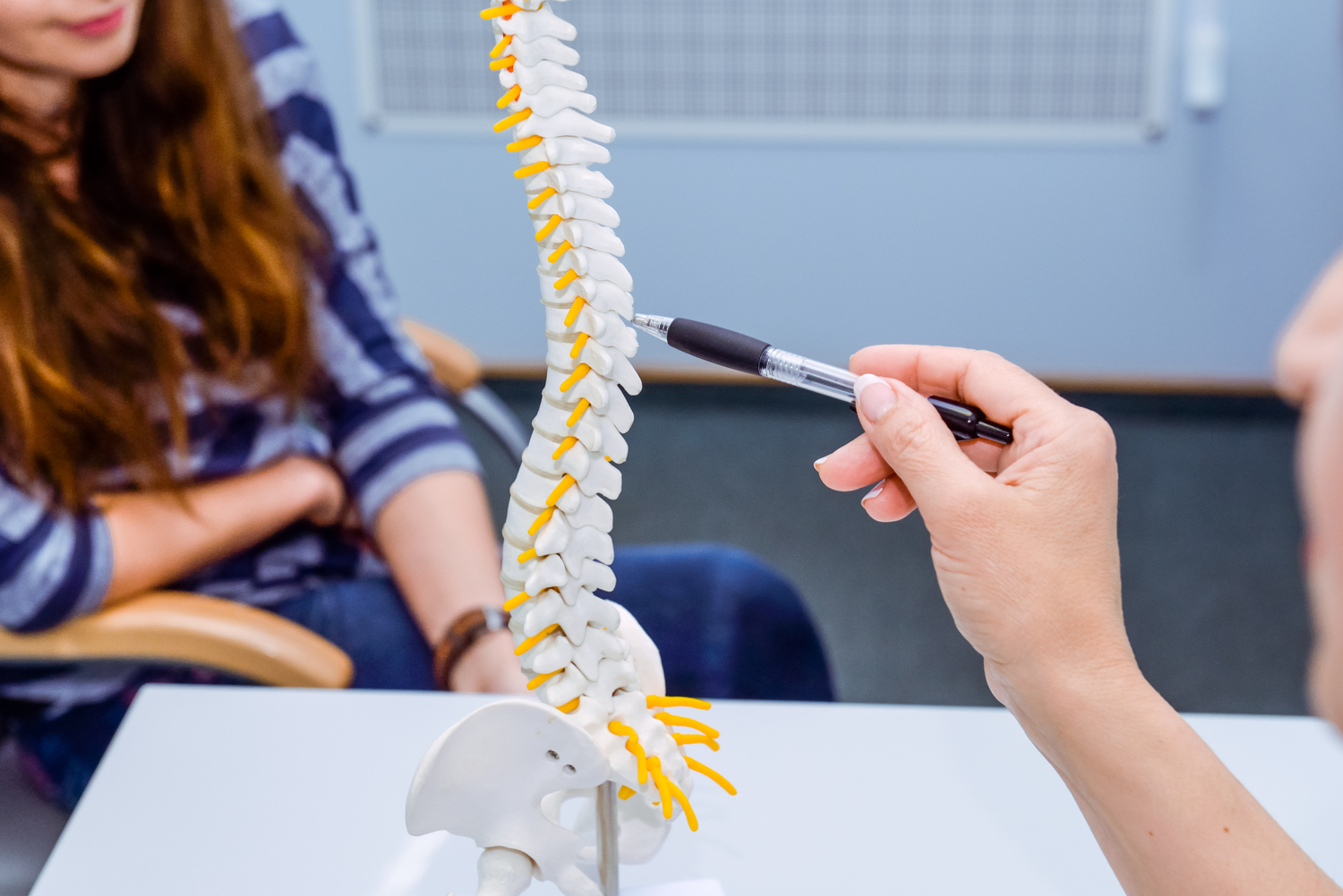Essential Guide to Osteoporosis Screening and Tests
Learn everything about osteoporosis screening, including testing methods, recommended frequency, insurance coverage, and monitoring options. This guide helps postmenopausal women and at-risk populations understand the importance of early detection and ongoing assessment, ensuring proactive bone health management.

Essential Guide to Osteoporosis Screening and Tests
Osteoporosis is a condition that weakens bones, increasing the risk of fractures. Annually, approximately two million fractures are linked to this disease. It commonly affects bones in the wrist, spine, and hips. Postmenopausal women represent nearly 80% of osteoporosis cases due to hormonal changes during menopause. Regular screening is especially important for women over 65 to monitor and manage bone health effectively.
How frequently should osteoporosis screening be performed?
The screening schedule depends on factors like age, gender, health history, and risk factors. For example, women in their 60s who are postmenopausal and have vitamin D deficiency should consider yearly tests. Conversely, healthy postmenopausal women may undergo testing every two years. Additionally, ongoing monitoring is vital for those diagnosed, to track disease progression and treatment effectiveness.
What do osteoporosis tests involve?
After discussing symptoms, medical background, and family history, a physical exam will be conducted. If necessary, doctors may recommend two primary tests:
Bone density scan (DEXA): Measures the amount of mineral content in bones to detect loss.
Blood and urine tests: Identify if bone degradation is related to other health issues.
Furthermore, QCT (quantitative computed tomography) can assess spine changes and is useful for monitoring treatment progress.
Does insurance cover osteoporosis testing?
Yes, insurance providers like Medicare generally cover osteoporosis screening, such as DEXA scans, every two years for:
Women aged 65 and older
Men aged 70 and older
For younger individuals, coverage may include those who have experienced fractures, have health conditions affecting bones, are on bone-impacting medications, or are receiving treatment for osteoporosis or cancer.









